Editors’ Picks





Found in Robotics News & Content, with a score of 3.98
…sensors for measuring air contamination. These sensors facilitate autonomous navigation and allow for intelligent localization and object detection. What’s more, these quadrupeds are typically flat on top, and most often allow developers to install additional payloads to run custom application software on the robot itself. Let’s take a look at five use cases where legged robots are making their presence felt in the real world: Energy Robotics Inspection Perhaps the most well-documented and widespread application of legged robots is remote inspection. Thanks to their ability to traverse rough terrain and unstructured environments, these robots are proving incredibly useful as a…
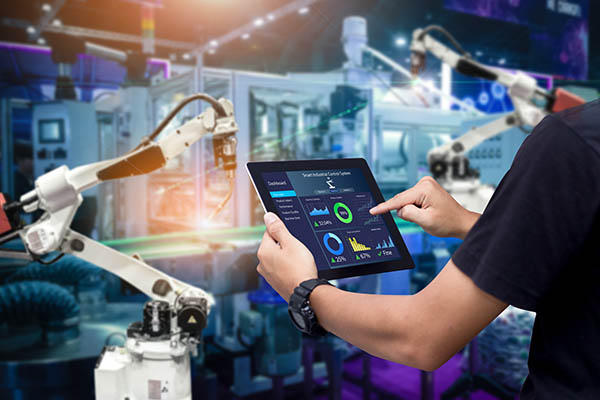
Found in Robotics News & Content, with a score of 15.30
…location-based radio frequency technology. The company produces a rail navigation system and the microlocation system. Humatics has received investments from industry leaders such as Lockheed Martin Ventures, Johnson Controls, Airbus Ventures, and The Fontinalis Group. Humatics transponder provides specific positioning Humatics described its transponder as an electronic “tag” that is attached to a high-value asset. This enables its location to be digitized with a unique identification and streamed many times per second for real-time positioning. This specific positioning data enables localization, navigation, and collaboration of robots, tooling, surgical instruments, and even humans. The new system enables any control system to…

Found in Robotics News & Content, with a score of 5.57
…learning, 360-degree simultaneous localization and mapping (SLAM), GPS-denied indoor navigation, high-resolution 4K imagery, and ultrasonic object detection for added safety. Qualcomm's latest products also suport 4G LTE, Bluetooth, and Wi-Fi in addition to 5G, said Singh in response to a question during the briefing. In addition, it includes support for Linux and the Robot Operating System (ROS). Interest in the RB5 is largely coming in drones and service robots for cleaning, Singh said. He said the reference design could be used in first-mile and last-mile delivery, UAM, and many other applications over the next 12 to 18 months. “This is…
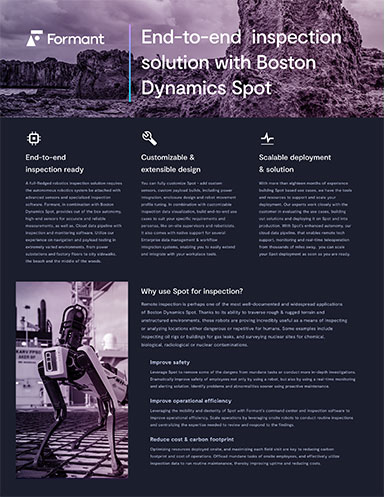
Found in Robotics White Papers & Archives, with a score of 16.25
…with inspection and monitoring software. Utilize our experience on navigation and payload testing in extremely varied environments, from power substations and factory floors to city sidewalks, the beach and the middle of the woods. Customizable & extensible design You can fully customize Spot - add custom sensors, custom payload builds, including power integration, enclosure design and robot movement profile tuning. In combination with customizable inspection data visualization, build end-to-end use cases to suit your specific requirements and personas, like on-site supervisors and roboticists. It also comes with native support for several Enterprise data management & workflow integration systems, enabling you…
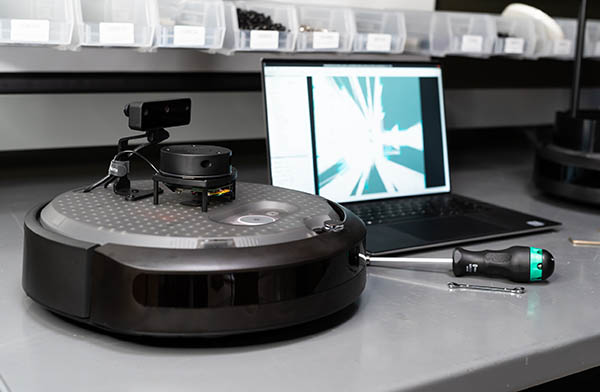
Found in Robotics News & Content, with a score of 6.03
…encoders. They also include infrared sensors for accurate localization, navigation, and telepresence. The mobile base is fully integrated with a 2D lidar and a front-facing spatial AI stereo camera. Clearpath said this makes it ideal for SLAM (simultaneous localization and mapping) and AI-based testing. With the Standard model, users can easily customize and expand the capabilities of the robot by adding sensors and accessories via the accessible powered USB hub, power breakouts, and the top mounting plate. The platform's IP address is also displayed, allowing users to quickly connect to the robot through Wi-Fi. Both models include a charging dock,…
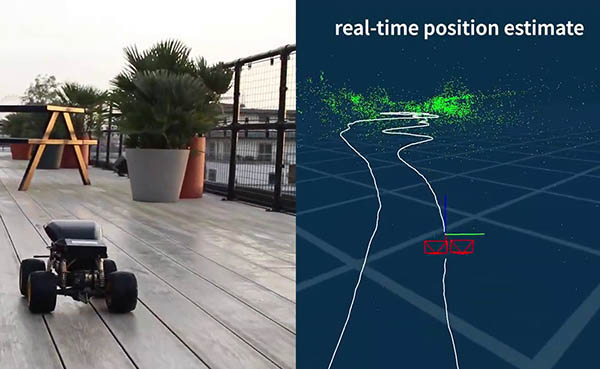
Found in Robotics News & Content, with a score of 5.49
Affordable and reliable robot navigation is essential for a widening range of applications. SLAMcore Ltd. today announced that it has raised $16 million in Series A funding. The London-based company said it plans to use the financing to “rapidly capitalize” on its technology, which combines artificial intelligence with consumer-grade cameras, sensors, and processors. Its vision-based location and mapping is designed for robots, autonomous machines such as drones, and consumer electronics. “For far too long, robots have not been able to navigate physical spaces with the level of accuracy and efficiency that we know is possible,” stated Owen Nicholson, founder and…
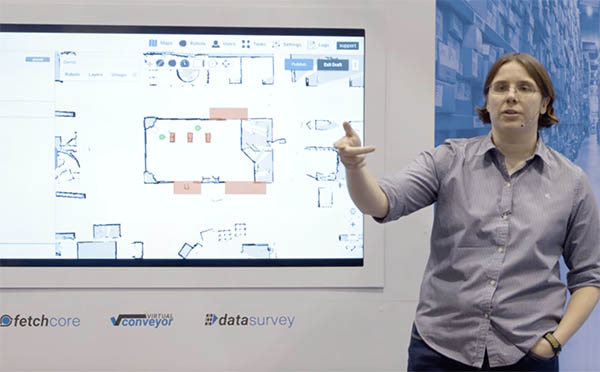
Found in Robotics News & Content, with a score of 9.21
…in the past year, we've implemented behaviors in the navigation stack,” Wise said. “While they can't be held to functionally safe performance levels, they increase the safety of the platform by handling certain scenarios in the warehouse—for example, social navigation behavior, or keeping the robot on the right side of an aisle. We can't safety rate that, but it makes interactions with people more predictable.” “It's the same with the machine learning stuff we've done with forklift detection,” she added. “It's hard to safety rate but another layer on top of our base security, minimizing scenarios that can cause risk…
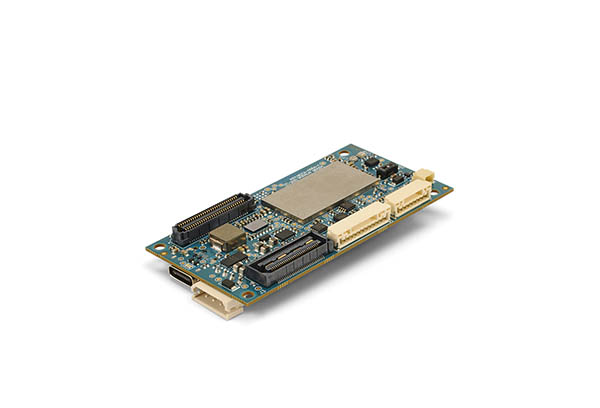
Found in Robotics News & Content, with a score of 8.09
…company added with 5G, “VOXL 2 enhances mission critical navigation, including beyond visual line-of-sight (BVLOS) to support safer, more reliable flight.” New system powered by Qualcomm ModalAI said VOXL 2 is powered by the Qualcomm Flight RB5 5G platform. It is integrated with a PX4 real-time flight controller, which the company says has “an eight-core CPU up to 15 TOPs [trillions of operations per second].” The board also has seven image sensors, TDK internal measurement units, and barometer. The company spun out of chipmaker Qualcomm Technologies Inc in 2018. ModalAI is a Blue UAS Framework manufacturer, which means it works…
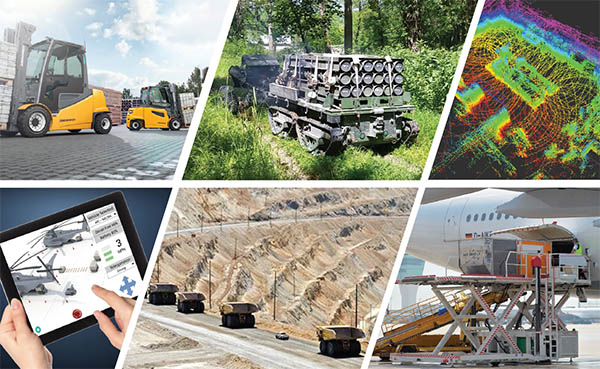
Found in Robotics News & Content, with a score of 5.43
…integrate and manage autonomy.” “Sensor fusion is important, and navigation and waypoint actions are within Summit Core,” said Andrew Lycas, principal roboticist at Stratom. “We want to understand the vehicle state and objects in varied environments. It's then up to the users to determine how much they're willing to spend on cameras, radar, lidar, or ultrasonic. We're equipment-neutral, focusing on common interfaces to have modules switch in and out.” “Safety is paramount for all these things to avoid damage or injury,” he said. “We understand the need to strike a balance between the need to operate at speed, safety, and…
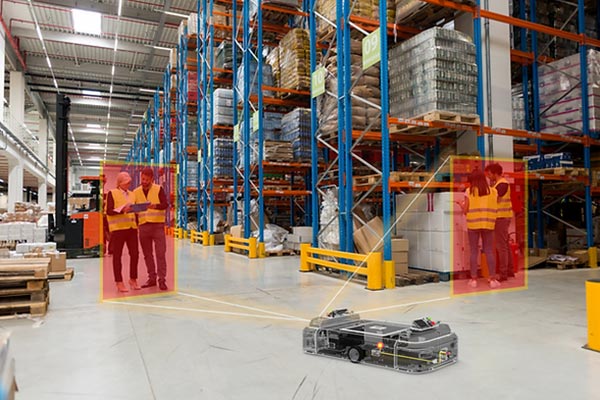
Found in Robotics News & Content, with a score of 50.02
…market where traditional 2D LiDARs have been the prevailing navigation sensor for decades. Autonomous mobile robot (AMR) manufacturers including Canvas Technology (acquired by Amazon) and Seegrid have developed AMRs with varying degrees of vision-based navigation. The trend towards vision is being driven by the need for: 3D visual perception, Increased robustness, and Reduced cost. Ultimately, to achieve truly intelligent autonomous behavior, navigation systems need to deliver human-level, 3D visual perception. For example, because they can detect texture and color, cameras are able to distinguish between the edge of a surface or line. This can create significant safety advantages for many…
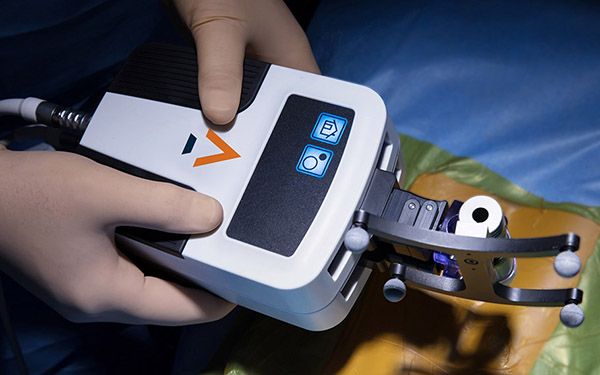
Found in Robotics News & Content, with a score of 12.99
…spinal surgery, including a proprietary surgical robotic targeting and navigation platform and implant systems. The Palm Beach Gardens, Fla.-based startup said it offers a portfolio of implants, instruments, biologics, and technologies to address the clinical challenges associated with minimally invasive spinal surgery. Accelus addresses limitations of existing systems Accelus said its FlareHawk Interbody Fusion System “features proprietary multidirectional expansion technology, designed for minimal disruption to the patient’s anatomy during insertion and natural load distribution and support.” The company also offers the Robotic-Enabled Minimally Invasive (REMI) robotic targeting and navigation platform. It claimed that REMI “provides an efficient and economically accessible…
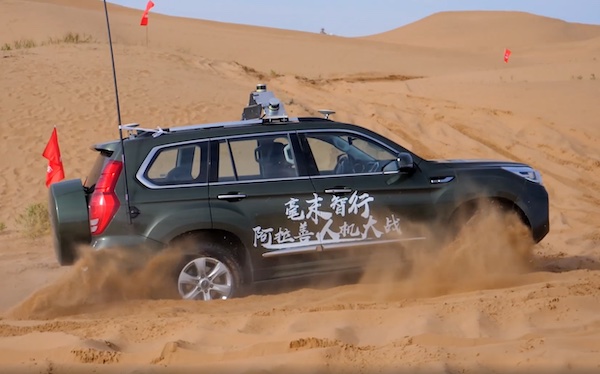
Found in Robotics News & Content, with a score of 7.48
…of its in-house-developed Level 2 autonomous driving system, the NOH—Navigation on HPilot—by mid-2022, and the all-scenario version in the second half of this year,” said Gu Weihao, CEO of Haomo. The company was founded in 2015. The NOH system currently assists passenger vehicle drivers mainly on highways. It has features such as automated steering, acceleration, and braking. NOH has been available on six car models produced by Great Wall Motor. The system has assisted tens of thousands of owners of WEY Mocca, Tank 300, WEY Latte, WEY Macchiato, Haval Shenshou, and Tank 500 vehicles to drive more than 7 million…



